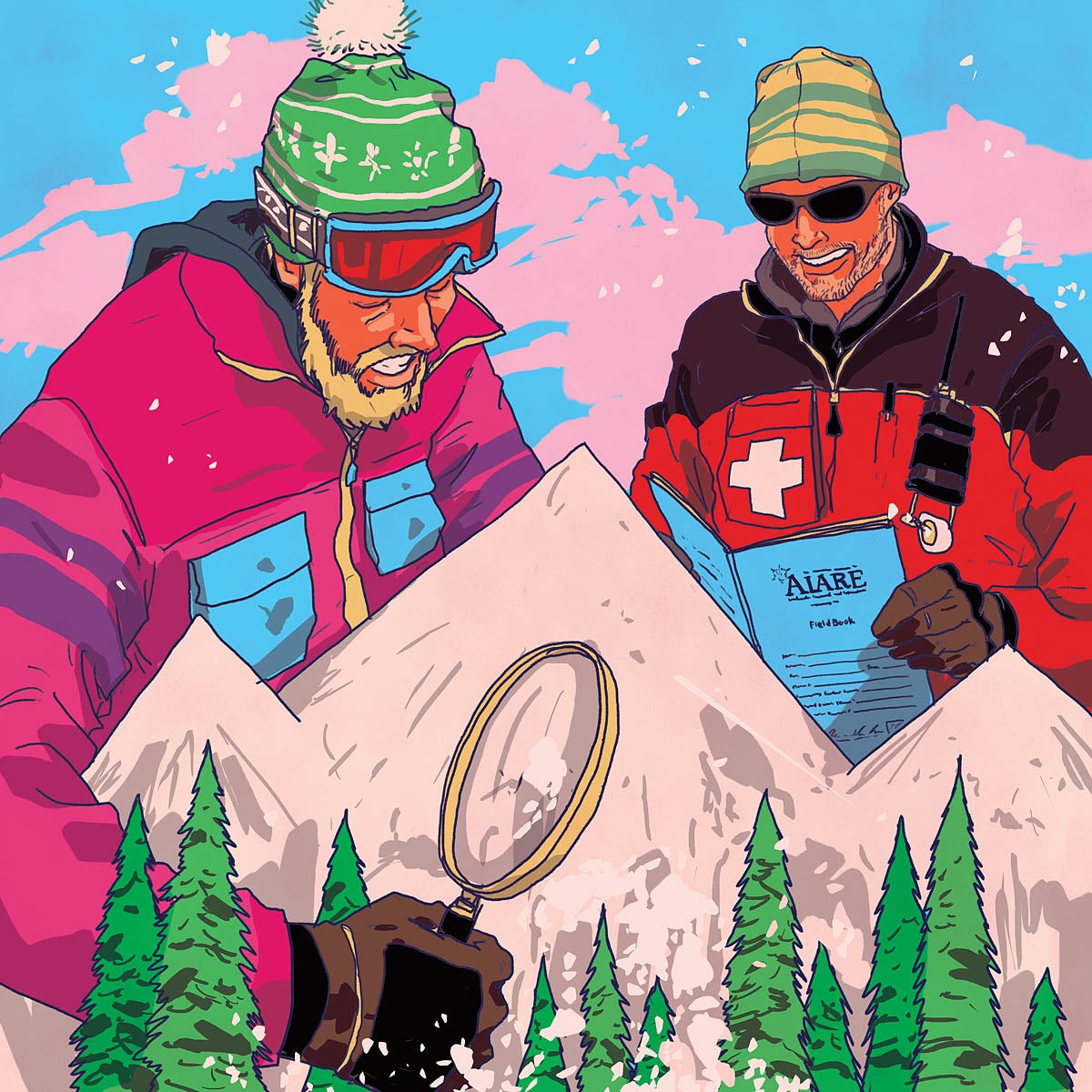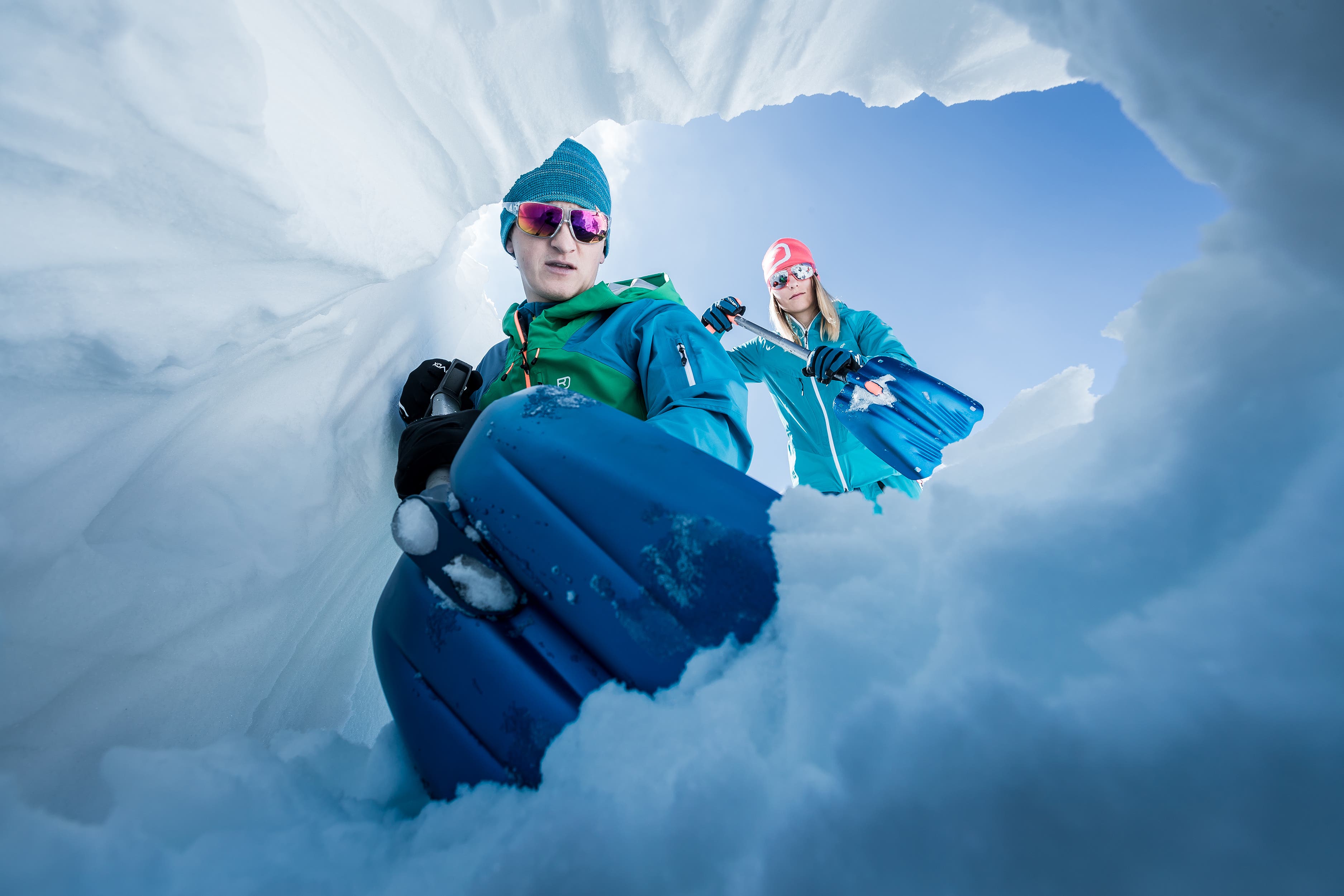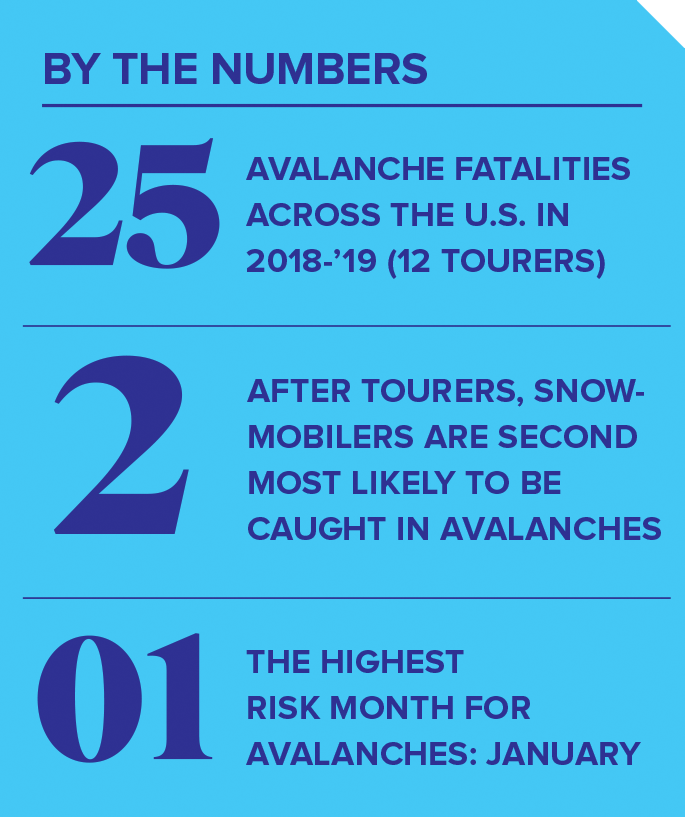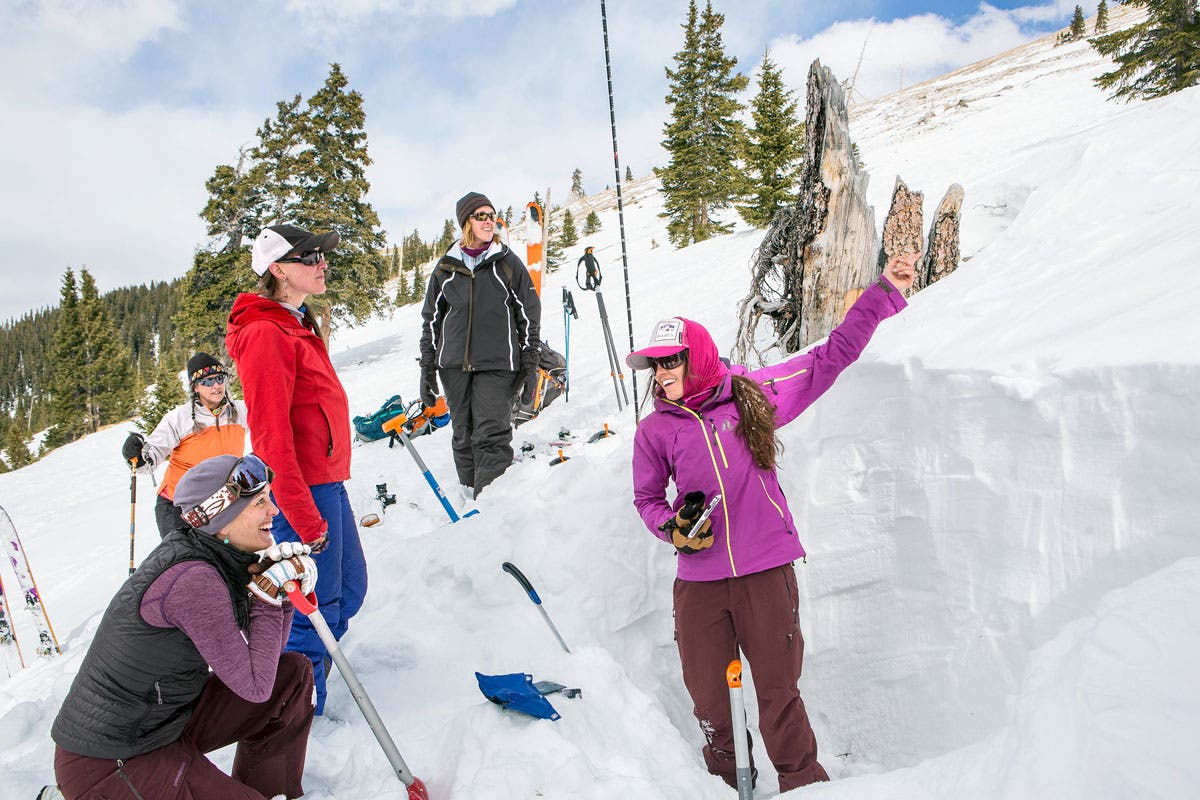Experts are Rethinking Avalanche Education to Reduce Fatalities

Illustration: Michael Byers
If you’ve ever looked at an ice crystal through a loupe, you know that snow science is a complicated, multifaceted field, with an overwhelming amount to learn. In the past, educators have struggled to cram the appropriate knowledge, skills, and science in avalanche education classes taken by those who recreate in the mountains during winter. But that’s now changing. In the first major update to the structure and focus of avalanche education in the U.S., avalanche education has been split into two tracks—one for recreational skiers and one for avalanche professionals—each designed to teach the targeted group the things they need to know to be safe on snow.

The change is spurred in part by population and demand. Backcountry is the fastest-growing segment of snow sports. And as sales of touring boots and beacons increased, avalanche classes through organizations like the American Institute for Avalanche Research and Education (AIARE) and the American Avalanche Institute (AAI) were flooded. But more concerning than the overcrowding of classes was the growing problem that people who worked on snow, like guides and patrollers, were dying in avalanches.
“Through the 2000s there were a number of fatalities of avy professionals, mostly on the job,” says Jaime Musnicki, executive director of the American Avalanche Association (AAA). “We maintain what we call the avalanche professionals memorial, and as the numbers increased, it started to raise questions within the industry. It’s a high-risk profession, but what can we do to mitigate that risk?”

Part of the gap in avalanche education in the U.S. is the way it was developed, as a coalescence of disparate groups. The U.S. Forest Service started the Alta Avalanche School in 1949, and over the next half-century, groups like the National Ski Patrol and the AIARE started their own avalanche safety training programs. By the time the AAA was formed in 1986, there were a number of different avalanche educators, all teaching the subject slightly differently. In 1999, the AAA began publishing curriculum guidelines and trying to build consistency across the Avalanche Level 1, 2, and 3 courses, which had become a standard course progression, but they were just that—guidelines.
On the topic: Best Backcountry Skiing Accessories
“Basically, they’re the broad swath overviews of the core curriculum outcomes we recommend,” Musnicki says. The AAA, which is now the overseeing body in the U.S., always wanted to be flexible with how avalanche awareness and safety was taught, but there weren’t any concrete benchmarks, standards for skills, or class structure.
In 2013, the AAA pulled together people at Alta to figure out how to address these issues and make it safer for everyone.
They recognized that recreational skiers don’t need to know complicated observation recording protocols; and professionals, who need a baseline for consistent, across-the-board avalanche rescue skills and hazard monitoring, were slowed down by casual skiers in the traditional avalanche education courses. They decided the best way they could keep people from dying in avalanches was to shift the way those people learned about avalanches, and to make it consistent across the board.

Now, everyone takes a 24-hour Avalanche Level 1 class, which covers the fundamentals of how to safely travel in avalanche terrain, including route selection, companion rescue, and how to use a beacon, shovel, and probe. Then, if you’re a recreational skier, you can move on to a Level 2 class, which focuses on social dynamics (one of the biggest avalanche hazards), how to observe snow and weather conditions, and how to incorporate all of that into smart decision making. Musnicki says that there’s a poor track record among casual skiers of continuing past Level 1, and that skiers tend to get into the most trouble in the backcountry a few years after their introductory course, when they’ve had enough experience to get comfortable, but not enough to accurately assess all hazards.
Watch: BCA Safe Shredding Episode #SendAndReturn
On the professional side, communication and accurately portraying hazard were deemed the most important ways to limit risk in the field, especially for entry-level snow safety professionals, who need to be able to manage their own risk as well as dangers to clients or resort skiers. “Someone coming out of that Pro 1 (which they can take after the standard Level 1) can go to any operation and be able to effectively plug in their own risk and communicate their observations,” Musnicki says. “It provides a metric for demonstrated proficiency.
It’s a culture shift, too, to make the process more concrete. Kirk Bachman, member of the AAA Education Committee and founder of Sawtooth Mountain Guides, believes that as more people begin to travel in the backcountry, targeted avalanche education becomes more and more important. “We’d really like to see an increase of recreationists pursuing Level 1 and Level 2,” Musnicki says. “And we’d like to see that memorial list not gain as many more new names.”
This article originally appeared in the January/February 2020 print edition of SKI Magazine and has been edited to include hyperlinks and photos. For more great news and stories from the world of SKI, do yourself a favor and SUBSCRIBE NOW.